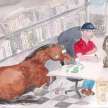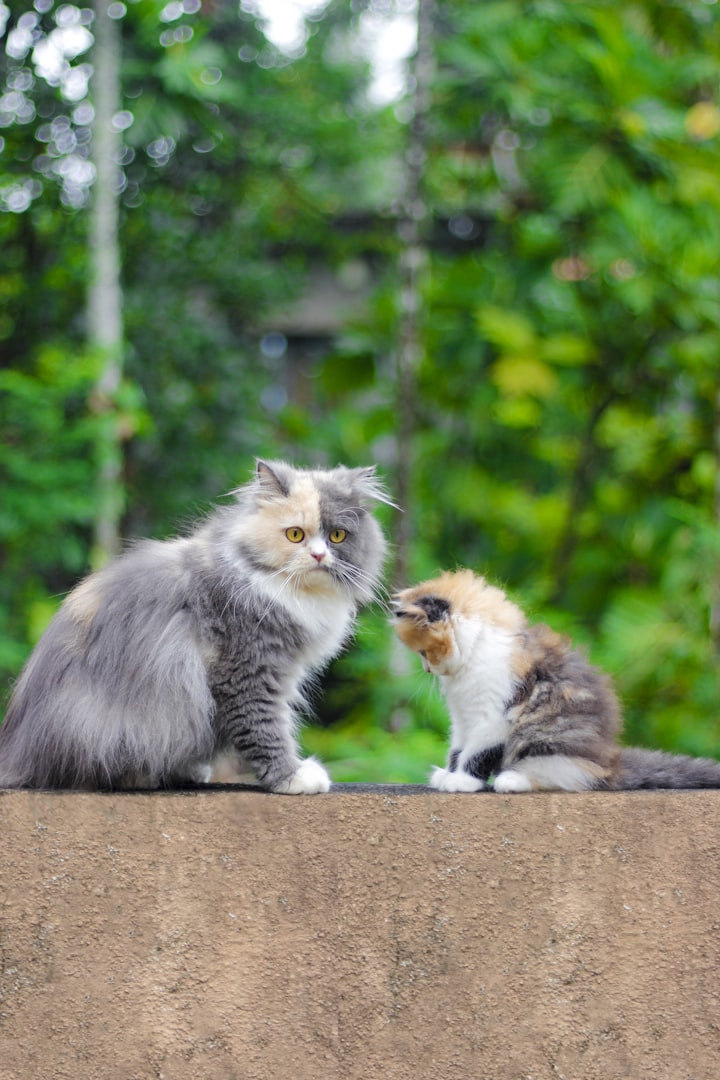The Sport of Kings in the UK
Just how big is racing here in the UK? How many horses are there in training? How many people are employed looking after them and supporting the sport that is an industry?

It is bigger than the glamorous headline grabbing festivals of racing such as Royal Ascot, Cheltenham, Epsom and Aintree, which are the meetings that infect the wider public’s imagination and interest in the sport of kings. British horse racing is also bigger than wet Saturday afternoons in front of the television pin hooking winners from obscure racecourses tucked away in the furthest corners of the United Kingdom. In fact, and there will be plenty of them in the following piece, British horseracing is a huge industry.
The British Horseracing Authority (BHA) is the incorporated body established to oversee the entire industry from the welfare of racehorses at training yards to making sure that race cards are printed accurately and delivered to racing venues in time for the spectators to buy as they enter the gates.
Now for the Numbers
Over the calendar year, racing takes place in Britain on 362 days of the year. The only days the industry is not showcased at the racecourse are 23rd, 24th and 25th December. The racing calendar will comprise of fixtures over jumps (National Hunt) and on the flat which takes place on both turf and all weather. On any one day of the year that racing is taking place, there will be at least two meetings taking place, weather permitting, scheduled across 60 racecourses. These are located as far north as Perth in Scotland, as far south as Newton Abbott in Devon, as far east as Great Yarmouth in Norfolk and as far west as Ayr back in Scotland.
Not all of the 60 racecourses are as glamorous as the manicured lawns of Ascot or Goodwood with their spectacular locations, but regardless of where they are, all 60 are stages on which the dramas of the turf are played out in front of spectators and under the watchful eyes of the BHA, who are always working to ensure that horseracing remains fair, clean and competitive.
Employment
British horseracing supports approximately 85,000 jobs in Britain. This figure includes not only the staff employed by the BHA (221) but farriers, vets, stalls handlers, staff at racecourses, feed merchants, equipment suppliers, jockeys, their valets and of course; the 6,000 individuals directly involved with looking after the 14,000 race horses in training throughout the year.
The Horses
In 2016 the monthly average of horses in training was 14,033, of which 8,824 were for flat racing, 4,435 were for jump racing and 639 were dual purpose.
The Owners
There were 7,946 registered owners of racehorses in 2016 and these included sole owners, named syndicates, and horses owned by companies.
The Trainers
There was a total of 542 trainers in Britain in 2016, of which 42 specialised in flat racing only, 58 specialised in jump racing only and 442 held dual licences.
The Jockeys
Registered professional jockeys totalled 424. For flat racing, there were 120 fully licensed riders and 114 ‘apprentices’ working their way through different races before earning their right to a full licence. Over the jumps there were 92 fully licensed riders and 97 ‘conditional’ riders who like their ‘apprentice’ counterparts on the flat were working their way through different races before earning their full licences.
Welfare of the Horses and Jockeys
The mission statement of the BHA is:
“We are responsible for the governance, administration and regulation of horseracing and the wider horseracing industry in Britain. We also lead on the development and growth of our sport and prioritise the health and welfare of our participants.”
The BHA estimates that the total population of equines owned and enjoyed for reasons other than racing is approximately 1,000,000, of which slightly less than 1 in 50 is a racehorse. The BHA then claims that these 14,000 horses are amongst the healthiest and most closely monitored horses in the country. The BHA’s watchfulness over the health and welfare of race horses is supported by a strict regime of unannounced stable inspections, drug testing on and off the racecourse, and constant veterinary supervision at all racecourses from the moment the horses arrive to when they are loaded on lorries to go home at the end of the day.
In 2016, the total number of runners in all types of races was 89,616 competing in 10,035 races. During that year, there were 170 fatalities on the racecourse, or 0.19% of all runners. That ratio has been coming down since 1994 when it was 0.28%.
In the BHA mission statement when it referred to ‘the health and welfare of our participants,’ not only was it referring to the horses, but also to the jockeys.
The BHA runs training programmes for riders on nutrition, which is one of the most important facts of life for a jockey, as they have to maintain superb levels of fitness while maintaining unnaturally low body weights, unless they are one of the very few lucky ones who never have a weight issue.
And as with the horses, the BHA enforces a strict regime of random testing of jockeys for alcohol and drugs. This can take place unannounced at racecourses on race days and also at training establishments including the British Racing School in Newmarket.
Summary
So, regardless whether you have bought a ticket in a Grand National sweepstake or have placed a bet directly on a horse because you like the colours, liked the rider, or have actually made a considered choice as a result of studying form; you are holding a share certificate in a huge industry for the all too few minutes your selection is running. And maybe, just maybe, you will collect a dividend. Who knows and that is why racing was described as ‘a great glorious uncertainty.’
About the Creator
Alan Russell
When you read my words they may not be perfect but I hope they:
1. Engage you
2. Entertain you
3. At least make you smile (Omar's Diaries) or
4. Think about this crazy world we live in and
5. Never accept anything at face value






Comments
There are no comments for this story
Be the first to respond and start the conversation.